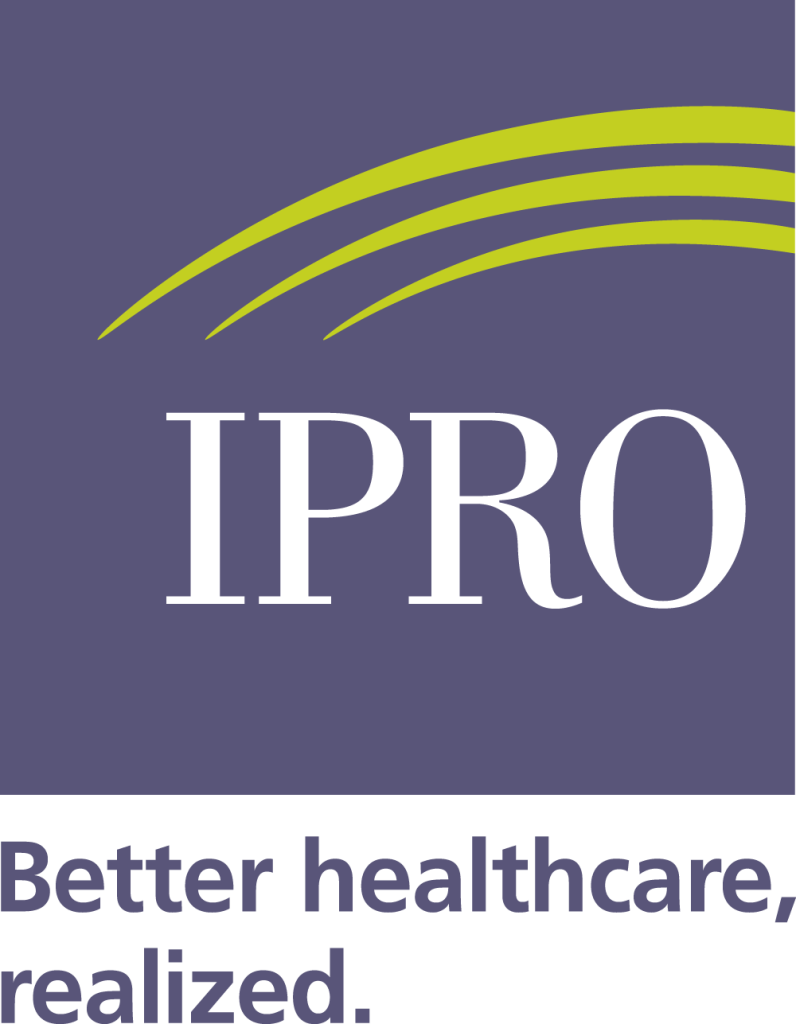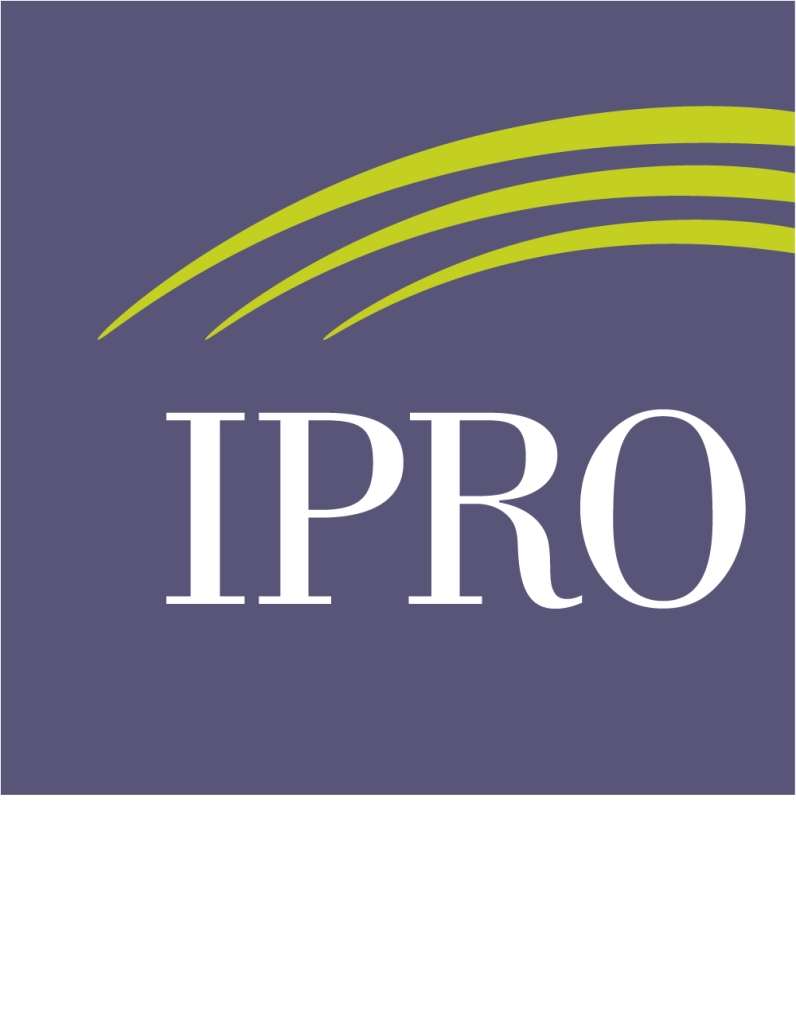The American Health Care Association/National Center for Assisted Living (AHCA/NCAL) has developed some additional guidance and resources to help you work with hospitals during this COVID-19 pandemic and to help communicate with residents and families about limiting visitors.
Guidance to SNFs on admissions from and discharges to hospitals
This document answers some common questions regarding how to transfer patients with a confirmed COVID-19 diagnosis, when to accept or not accept COVID-19 patients from the hospital, and what to do about other patients who do not have a COVID-19 diagnosis.
Please note, this guidance may be used in the assisted living setting as well. Recognizing that assisted living communities vary across the country, refer to state-based requirements and level of care capabilities within the assisted living community.
Click Here Guidance to SNFs on Admissions from and Discharges to Hospitals
Video messages geared toward family members and residents about the recommendation to limit visitors to nursing homes and assisted living communities. These messages feature Dr. David Gifford, a geriatrician and Chief Medical Officer of AHCA/NCAL, explaining the reasoning behind this recommendation and how families/residents can help prevent the spread. You can share these videos from our YouTube channel, or download a direct copy (.mp4) to circulate on your own channels, such as your closed-circuit channels in your facilities:
Message for Families & Friends: Share on YouTube | Direct download
Message for Residents & Patients: Share on YouTube | Direct download
A Note on Competing Guidance, Orders and Regulations on Limiting Visitors
There is growing confusion among providers, state affiliates, the media, and surveyors about all the guidance from states, CMS and AHCA/NCAL on limiting visitors and other individuals from entering the building. All this various guidance is trying to accomplish the same thing—prevent COVID-19 from getting into the building. This is best accomplished by decreasing the number of people entering nursing homes or assisted living communities to as few people as possible without creating a total ban (a total ban is driven by state public health authorities).
Entering into a discussion on who has stricter or less strict guidance, or on the subtle differences between each detracts from the main message, which is to limit individuals entering the facility to those who are absolutely necessary.
This virus is dangerous to residents. We need to prevent it from coming in as much as possible. That means all people who are not needed to meet the resident’s needs or keep operations going, should be asked to not enter.
Our Main Purpose and Goal
Keeping the focus on limiting entry and rigorous screening should be able to answer most questions about how to implement. Getting caught up with all the subtle differences in descriptions, examples and definitions misses the main purpose and goal, which is to protect the health and welfare of our residents.
Who is included in “all”?
The virus does not discriminate by types of people entering or reasons for entering. So, “all” means any human being.
What is considered “necessary” or who needs to enter?
This is going to be an individual facility/community decision based on the risk/benefit on a case by case basis. However, given the high case fatality rate among the elderly (estimated at 15-20% currently), we should lean toward an abundance of caution and discourage visitors unless it is absolutely necessary. We encourage providers to explain this to families to help them understand that entry is being limited to protect their loved ones (Click here to see our template letters and video messages on our website).
Clearly, we can’t have a complete ban on people entering. For example, there will be circumstances where a spouse, son/daughter, or close friend needs to enter, or a vendor may need access to help install medical equipment.
Screening Process
To further achieve our goal, we should as much as possible, screen all those who must enter by asking them questions to see if they have any respiratory symptoms and if they have a high-risk exposure to COVID-19. How to screen and what questions to ask will vary and change as we learn more. Try to follow CDC guidance, but local health department or state guidance may vary. Set up a process that considers the purpose of screening and avoid “analysis paralysis.”
The screening process must apply to ANY INDIVIDUAL who needs to enter, including staff, surveyors, government officials, contractors, consultants, family members and friends. It may not be possible to screen 100% of people entering given the building design, staffing, etc. So, direct back to the purpose, which is to limit people from entering the building as much as possible to lower the chance of COVID-19 infecting any of the residents.
In terms of staff, they should also be screened as much as possible. Your screening process must balance the risk with having workforce available to care for the residents and the physical layout of the building. Educate your staff on the screening process and encourage them to stay home if they do not meet ANY of the screening criteria.
COVID-19: Screening Checklist for Visitors and Employees
Individuals Entering the Building
Also, any individual who does come into the building should be washing their hands or using an alcohol-based hand rub to help reduce the chance of spread. While in the building, they should follow social distancing and not shake hands and hug.
Keeping this main purpose in mind and properly communicating that with all stakeholders will hopefully help resolve questions about various guidance.
Please email COVID19@ahca.org for additional questions.
Additional Resources and Guidance
Centers for Disease Control and Prevention
Centers for Medicare and Medicaid Services



